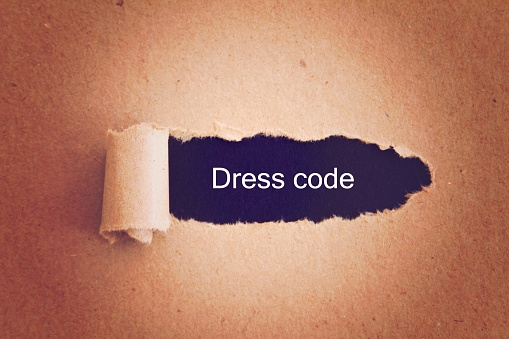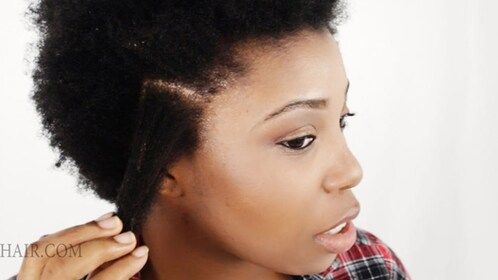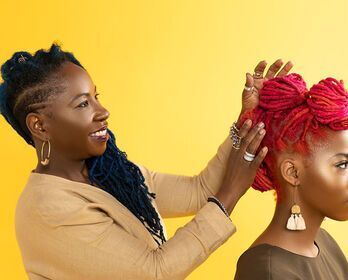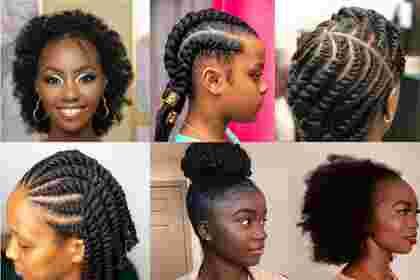
A salon or barber shop's dress code and appearance policy is essential in creating a professional and polished image for the business. This policy sets guidelines for staff members on how to dress and maintain their personal grooming and hygiene while on the job. A well-crafted dress code and appearance policy can not only improve the appearance of the staff but can also boost client confidence and trust in the business. In this article, we will discuss the importance of having a dress code and appearance policy in place, the key components of such a policy, and provide a sample template to help get you started.
Why is a Dress Code and Appearance Policy Important for Salons and Barber Shops?
A dress code and appearance policy is important for salons and barber shops for several reasons. Firstly, it helps to create a professional and polished image for the business, which is essential in attracting and retaining clients. Secondly, it sets clear expectations for staff members on how to dress and maintain their personal grooming and hygiene while on the job, which can improve the quality of service provided to clients. Lastly, it can help to ensure that staff members are compliant with health and safety regulations, particularly with regards to the use of personal protective equipment such as gloves and masks.
Key Components of a Dress Code and Appearance Policy
A dress code and appearance policy for a salon or barber shop should include the following components:
1. Uniforms or Dress Code Requirements - Specify whether staff members are required to wear a uniform or adhere to a specific dress code. If uniforms are required, provide details such as the style and color of the uniform. If there is a dress code, specify the types of clothing that are acceptable and prohibited, including jewelry, accessories, and footwear.
2. Personal Grooming - Outline expectations for personal grooming, such as hair, makeup, and facial hair. Specify how hair should be styled, the length of facial hair, and whether makeup is allowed and, if so, what type of makeup.
3. Hygiene - Emphasize the importance of maintaining good hygiene, including regular hand-washing, the use of deodorant, and keeping nails clean and trimmed. Also, specify whether staff members are required to wear gloves, masks, or other personal protective equipment while working.
4. Tattoos and Piercings - Address any concerns or expectations regarding tattoos and piercings. Specify whether they are allowed, and if so, where they should be located and how they should be covered.
5. Consequences for Non-Compliance - Outline the consequences for non-compliance with the dress code and appearance policy, including any disciplinary actions that may be taken.
Sample Template for a Dress Code and Appearance Policy
The following is a sample template for a dress code and appearance policy for a salon or barber shop:
Uniforms or Dress Code Requirements:
All staff members are required to wear the company-provided uniform while on duty. Uniforms must be clean and presentable at all times. If a staff member is not wearing a uniform, they must adhere to the following dress code:
- Clean and professional clothing
- Closed-toe shoes
- Minimal jewelry and accessories
- Hair must be neat, clean, and styled appropriately
- Makeup must be professional and not overdone
- No revealing or provocative clothing
Personal Grooming:
Staff members are expected to maintain good personal grooming and hygiene. Hair must be clean and styled appropriately. Facial hair must be neatly trimmed. Makeup should be professional and appropriate for the workplace.
Hygiene:
Staff members must maintain good hygiene while on the job. This includes washing hands regularly, using deodorant, and keeping nails clean and trimmed. Staff members must wear gloves and masks as required by health and safety regulations.
Tattoos and Piercings:
Staff members are allowed to have tattoos and piercings, but they must be covered or removed while on duty if they are deemed inappropriate or offensive. Piercings must be minimal and located in non-intrusive areas.
Consequences for Non-Compliance:
Failure to comply with the dress code and appearance policy can result in disciplinary action, up to and including termination of employment.
A dress code and appearance policy is an essential component of any salon or barber shop's operations. It sets clear expectations for staff members on how to dress and maintain their personal grooming and hygiene while on the job. A well-crafted policy can help to create a professional and polished image for the business, which is essential in attracting and retaining clients. By using the sample template provided in this article, you can create a comprehensive dress code and appearance policy for your salon or barber shop that will ensure a professional and polished appearance for all staff members.






Leave Comment Below
0 Comment(s)